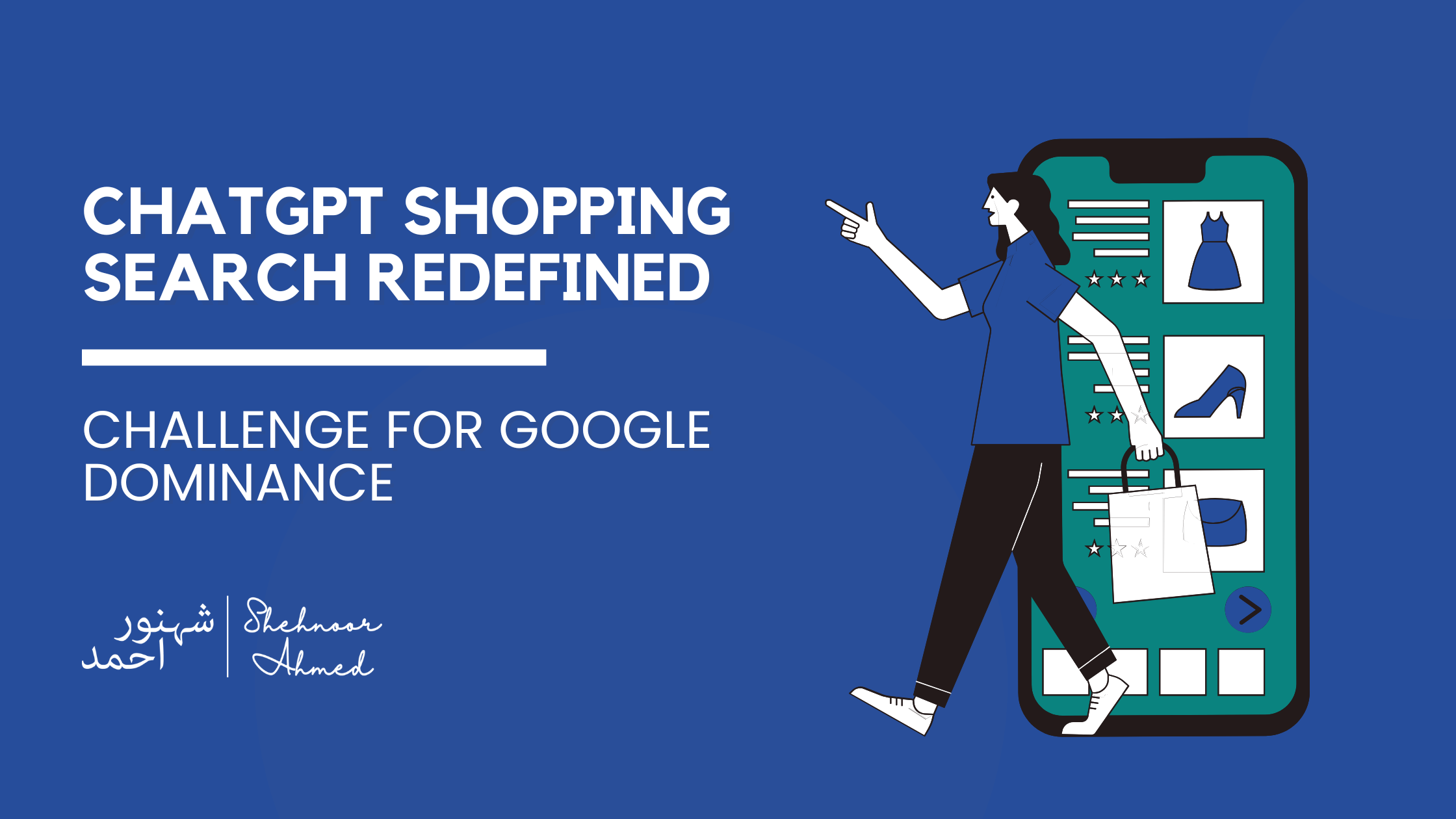Introduction: The Day E-Commerce Changed Forever
On April 29, 2025, the digital landscape witnessed a seismic shift as ChatGPT Shopping Search. Now its emerged as a formidable challenger to Google’s decades-long dominance in online search and e-commerce. While Google had long relied on advertising revenue to sustain its search empire, ChatGPT’ s bold move to integrate free, AI-powered product listings into its search results marked a turning point. This innovation not only redefined how consumers discover products but also threatened the traditional ad-driven ecosystem that fueled Google’s profitability.
In this article, we explore how ChatGPT Shopping Search transformed online shopping, why its approach posed a direct threat to Google. And what this paradigm shift means for businesses, marketers, and consumers.
What Changed on April 29, 2025? The Rise of ChatGPT Shopping Search

ChatGPT’s launch of free product listings within its search interface was a strategic masterstroke. Unlike Google’s historical emphasis on paid ads and merchant-centric rankings. ChatGPT Shopping Search prioritized user-centric, ad-free product discovery. Key features included:
- Product Carousels with Rich Visuals:
- High-quality images and detailed descriptions surfaced instantly, allowing users to browse without clicking through multiple links.
- Hover-to-Enhance functionality resolved initial low-resolution images by displaying crisp visuals on interaction.
- Multi-Seller Buying Options:
- For every product, ChatGPT aggregated listings from diverse retailers, enabling price and seller comparisons in one place.
- Example: A search for “wireless headphones” displayed options from Amazon, Walmart, and niche audio brands side-by-side.
- AI-Generated Reasoning:
- ChatGPT’s proprietary AI explained why a product was recommended (e.g., “Best for budget-conscious gamers” or “Top-rated battery life”).
- This transparency built trust and reduced decision fatigue for shoppers.
- Balanced User Reviews:
- Both positive and negative reviews were showcased, with AI summarizing key pros/cons.
- Unlike Google’s review snippets, ChatGPT highlighted verified purchases to combat fake feedback.
ChatGPT Shopping Search vs. Google: A Battle of Philosophies
While Google’s algorithm ranked web pages based on SEO and ad spend, ChatGPT Shopping Search ranked products as entities, prioritizing relevance, value, and user satisfaction. Here’s how they differed:
The Quality Conundrum
Despite its advantages, ChatGPT faced early criticism:
- Price Accuracy Issues: Refurbished items occasionally appeared cheaper than new ones on third-party sites.
- Image Consistency: Initial carousel images sometimes lacked retailer-specific customization.
However, iterative updates and user feedback loops helped ChatGPT refine its algorithms rapidly, showcasing its agility compared to Google’s slower, ad-reliant model.
Read more: Ad Agencies Targeting Chatgpt Users to See Ads in Chatgpt Responses
Why ChatGPT Shopping Search Matters: A Paradigm Shift
The April 29 update wasn’t just about technology—it signaled a broader transformation in consumer behavior and digital economics.
1. The Decline of Ad-Driven Search
Google’s revenue model, which derived 80% of income from ads, faced existential risk. ChatGPT Shopping Search proved users preferred uncluttered, unbiased results over paid placements. Brands now had to compete on product quality and data accuracy rather than ad budgets.
2. The Rise of AI-Powered Decision-Making
By explaining recommendations (e.g., “This blender is ideal for smoothie enthusiasts due to its 1200W motor”), ChatGPT educated shoppers, fostering loyalty. This contrasted with Google’s opaque “black box” rankings.
3. New Opportunities for Small Businesses
Independent sellers gained visibility without hefty ad spend. A craft soap maker, for instance, could rank alongside corporate giants if their product met ChatGPT’s quality benchmarks.
The Future of E-Commerce: Adapting to ChatGPT Shopping Search
For businesses and marketers, the rules of engagement have changed. Here’s how to thrive in this new era:
1. ChatGPT-Centric SEO Strategies
- Structured Product Data: Ensure product titles, descriptions, and attributes (e.g., material, dimensions) are AI-friendly.
- Review Optimization: Encourage genuine customer feedback, as ChatGPT prioritizes verified, detailed reviews.
- Image Quality: Invest in high-resolution, standardized product images to leverage hover-enhanced displays.
2. Rethinking Digital Marketing
- Conversational Content: Create product descriptions that answer “why” questions (e.g., “Why is this backpack ideal for travelers?”).
- Multi-Seller Partnerships: Collaborate with diverse retailers to increase visibility in ChatGPT’s aggregated listings.
3. Ethical Considerations
- Bias Mitigation: As AI shapes shopping behavior, ensuring fairness in product rankings becomes critical.
- Data Privacy: Balancing personalized recommendations with user consent will define long-term trust.

Conclusion: The New Era of AI-Driven Commerce
April 29, 2025, will be remembered as the day ChatGPT Shopping Search reimagined online product discovery. By prioritizing user experience over ad revenue, ChatGPT didn’t just challenge Google—it catalyzed a consumer-first revolution.
For businesses, adaptation is no longer optional. Those who embrace ChatGPT’s AI-driven ecosystem—optimizing for transparency, quality, and ethical practices—will lead the next wave of e-commerce innovation. As the dust settles, one truth remains clear: the future of search isn’t about finding links; it’s about discovering value.




